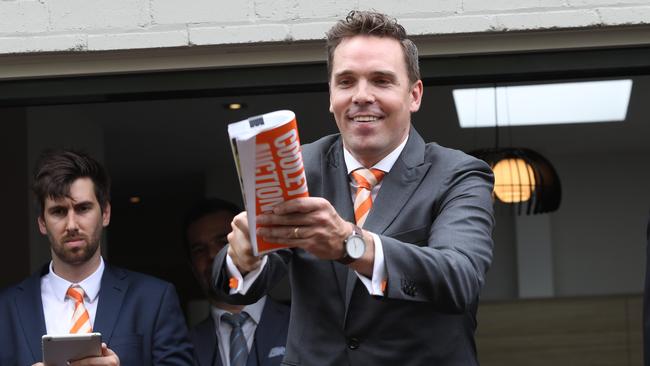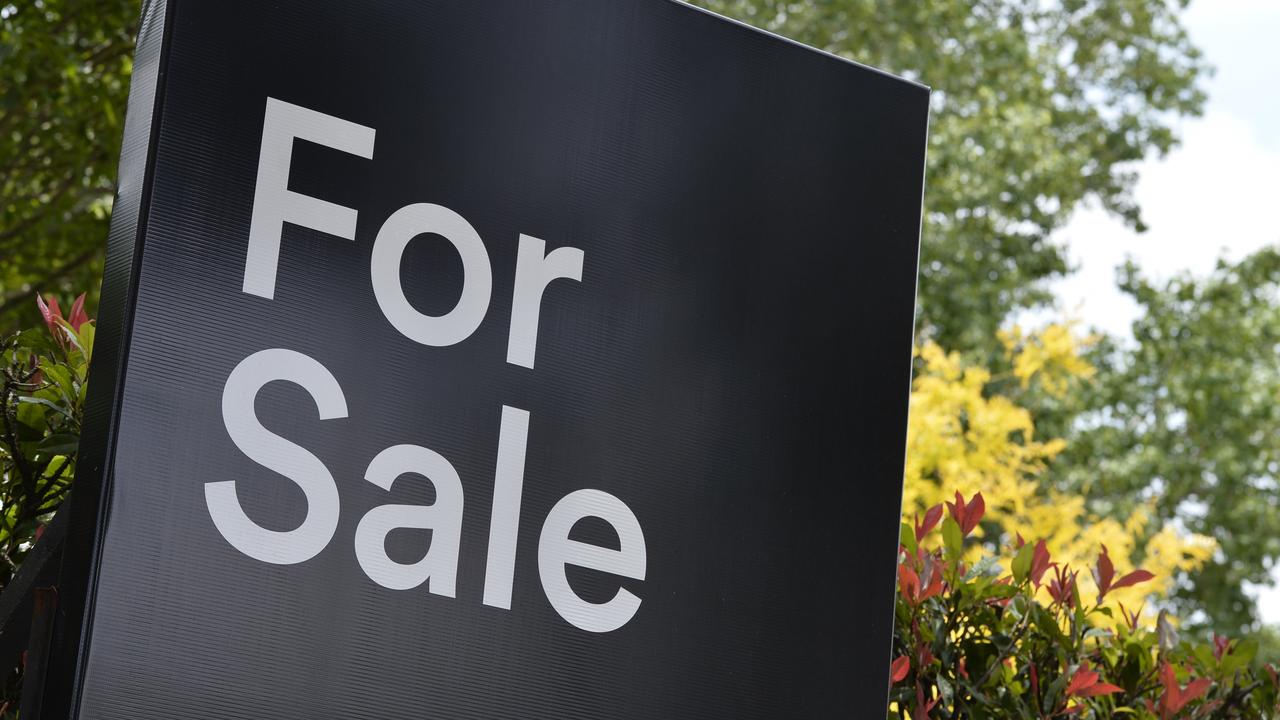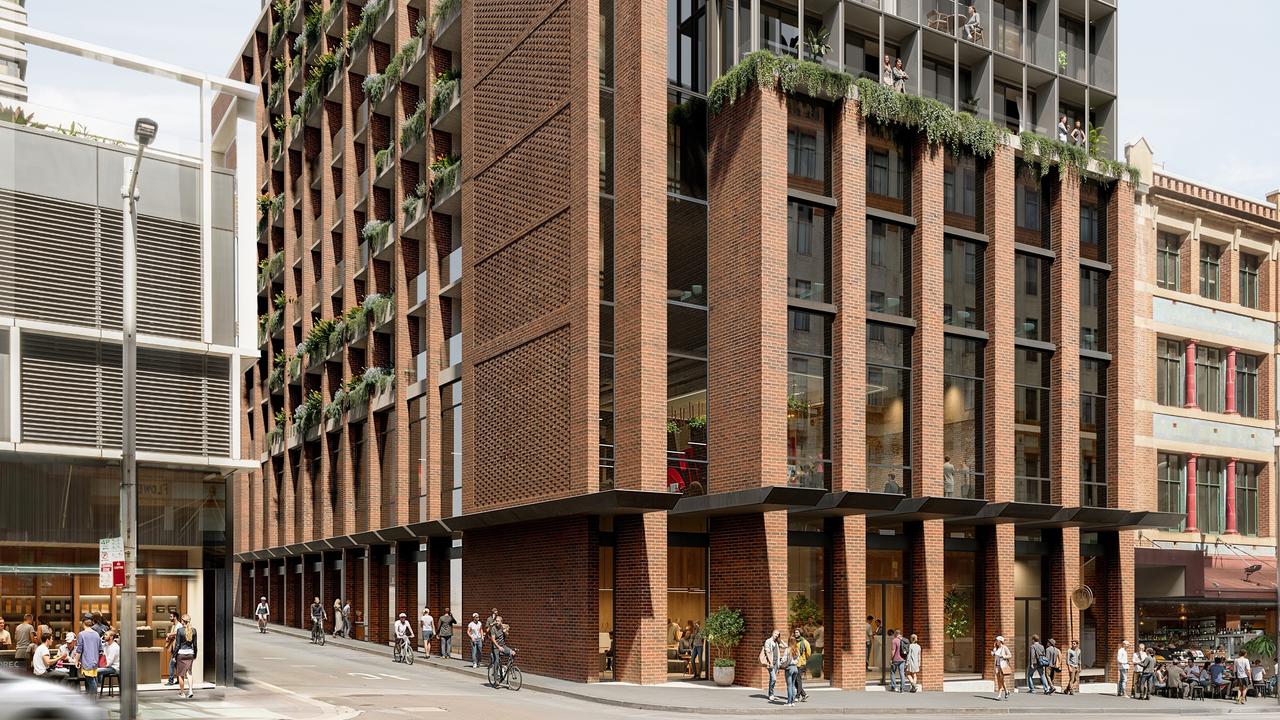Sydney housing market cracks: CoreLogic
Sydney house prices could sink up to 10pc over two years, as CoreLogic tips previously strong markets are in for a fall.

Previously heated housing markets are tipped to drop this year as prospective buyers find it harder to get a loan and official interest rates are more likely to rise than fall.
CoreLogic head of research Tim Lawless said the housing market would be “significantly different” this year to last amid tighter credit policies, with regulators watching investor and interest only lending closely.
“We’re likely to see lower to negative growth rates across previously strong markets, more cautious buyers, and ongoing regulator vigilance of credit standards and investor activity,” Mr Lawless said.
“Previous downturns have seen the annual number of sales fall by around 20 to 25 per cent from peak to trough.”
Sydney values could be set to fall between 5 and 10 per cent over a period of up to two years, based on how the market behaved after the boom of the early 2000s, Mr Lawless said.
But a drop of this size would be a “relatively small downside” given Sydney values have now risen 70.8 per cent since early 2012, he said.
The predictions came as figures showed Sydney and Darwin were the weakest housing markets across the capital cities last month, with prices in the harbour city finishing the year just 3.1 per cent higher.
The market in the east coast capitals is showing cracks, with clamps on interest-only loans hitting Sydney’s investor-driven market particularly hard.
Home values in Sydney fell 0.9 per cent last month as the pace of falls over recent months accelerated, according to the CoreLogic December home value index.
The more modest rate of growth is a clear slowdown from the 18.9 per cent annual gain recorded in the year to March, as borrowers find it harder to get finance and more supply comes to the market.
Conditions are also expected to remain softer throughout 2018.
Mr Lawless said a national fall of 0.3 per cent in dwelling values over the month had dragged the quarterly figure into negative territory for the first time since April 2016.
National values were down 0.3 per cent over the quarter and rose 4.2 per cent over the year.
“Sydney’s housing market has become the most significant drag on the headline growth figures,” Mr Lawless said.
“The city’s annual rate of growth is now tracking at just 3.1 per cent; a stark difference to the recent cyclical peak when values were rising at the annual rate of 17.1 per cent only seven months ago,” he added.
Melbourne’s market also slipped, with values down 0.2 per cent over the month although prices still finished the year with an 8.9 per cent gain.
“The city’s housing market has been far more resilient to negative growth compared with Sydney due to factors such as stronger population growth, lower affordability hurdles and a higher rate of jobs growth, however the growth trend has been clearly moderating since late 2016,” he said.
Darwin values lost 0.9 per cent in December and Brisbane was flat, while the fastest growing market over the month was Hobart with a 1.5 per cent increase. Hobart was also the best performing capital city in 2017 with home prices rising 12.3 per cent, almost five times higher than the city’s decade average annual rate of capital gain.
With AAP




